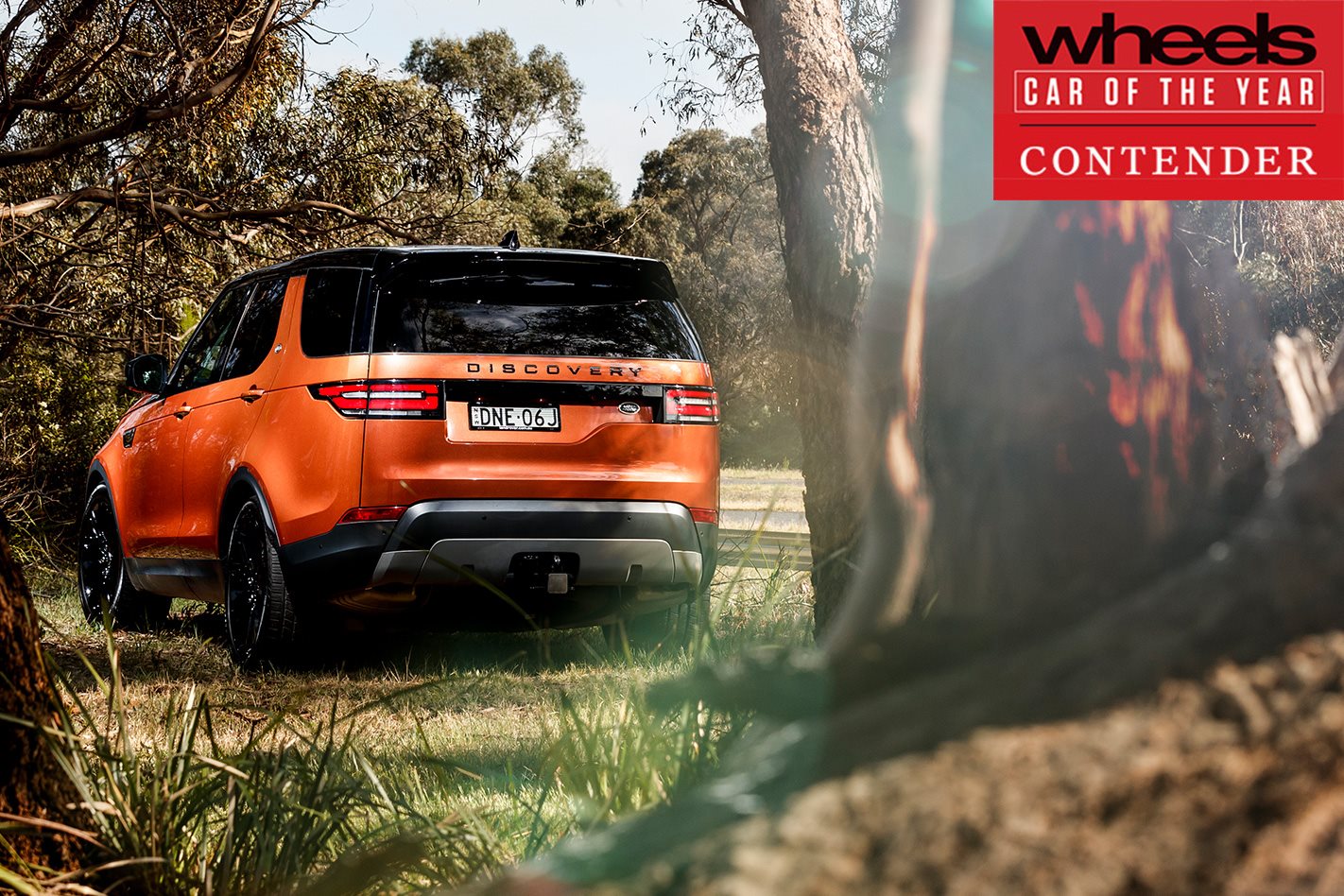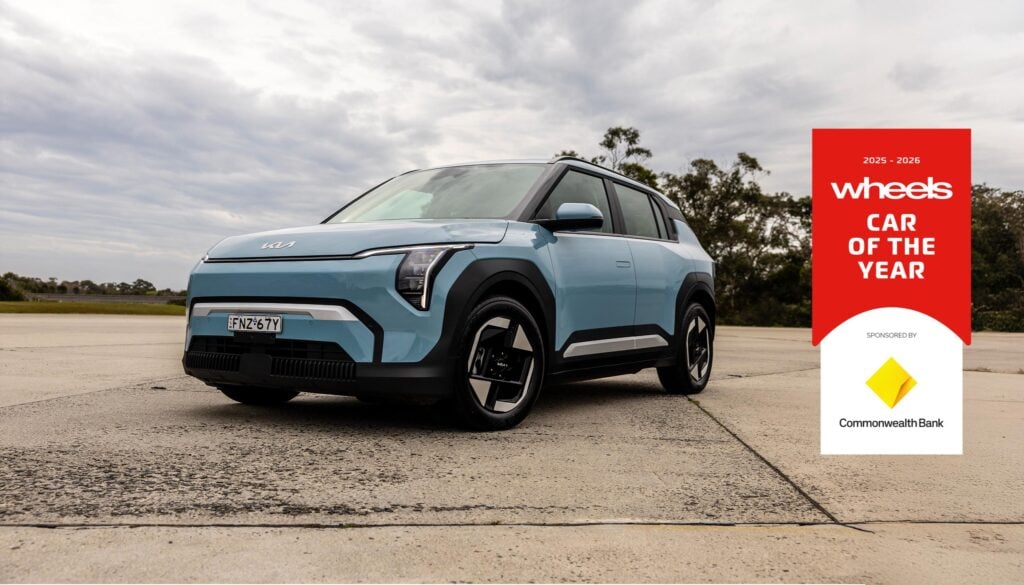FEW CARS as vast as the Land Rover Discovery have been measured against the COTY criteria. But, hey, we love a (big) challenge.
And a challenge is exactly what the curvaceous new Disco provided.
Size generally means mass – in this case around 2.2 tonnes of the stuff. Yet despite the weighty issue, judges were impressed that hundreds of kilos have been stripped from the new-generation Discovery’s aluminium-intensive body.

Off-roading isn’t part of the COTY test regime, however experience on previous adventures earned the Land Rover credit points for functionality. But it comes at a cost.
Pitch the Disco at a corner and its relatively high centre of gravity teams with the ever-present laws of physics to challenge its monocoque construction and all-independent suspension.
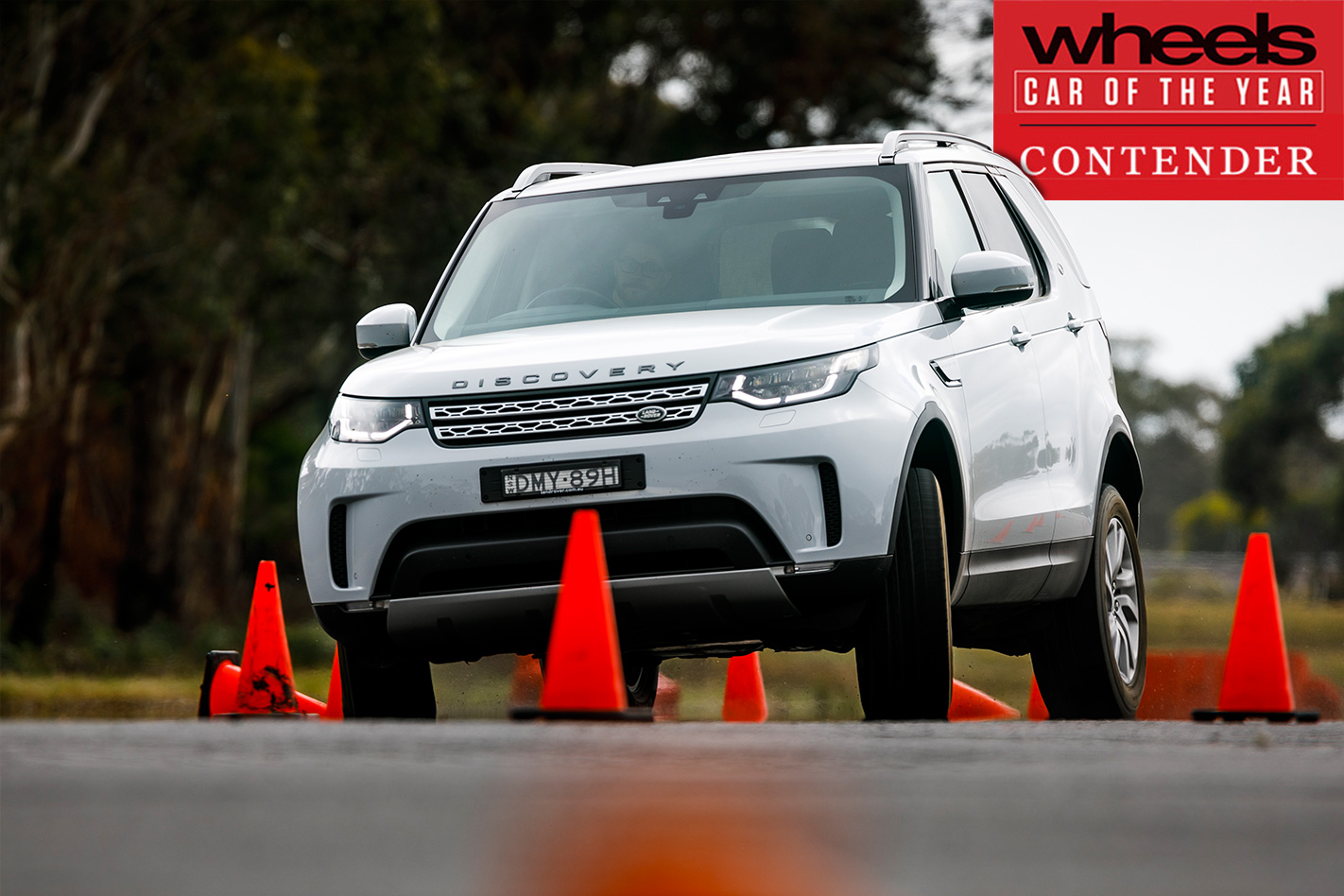
The stability control interjects frequently, slowing things quickly yet calmly, though some found it excessive, the electronics killing the fun before the otherwise capable chassis had time to do its thing. Yet in other instances, such as an aggressive swerve-and-avoid, judges noticed the electronic intervention arrived too late. Still, the air suspension at least delivers long-travel comfort for lashings of relaxed touring capability.

Which leaves the Discovery Sd4 as the variant that nails this SUV’s sweet spot. That it manages fuel numbers in the low sixes also gives it a massive tick for efficiency.
Back to that size, which is ultimately a huge part of the Disco’s appeal. It easily accommodates seven and that sizeable rump provides adult-friendly dimensions out back. It’s just a shame third-row occupants aren’t treated to their own ventilation outlets – a rare oversight in what is a beautifully trimmed and well-packaged cabin.
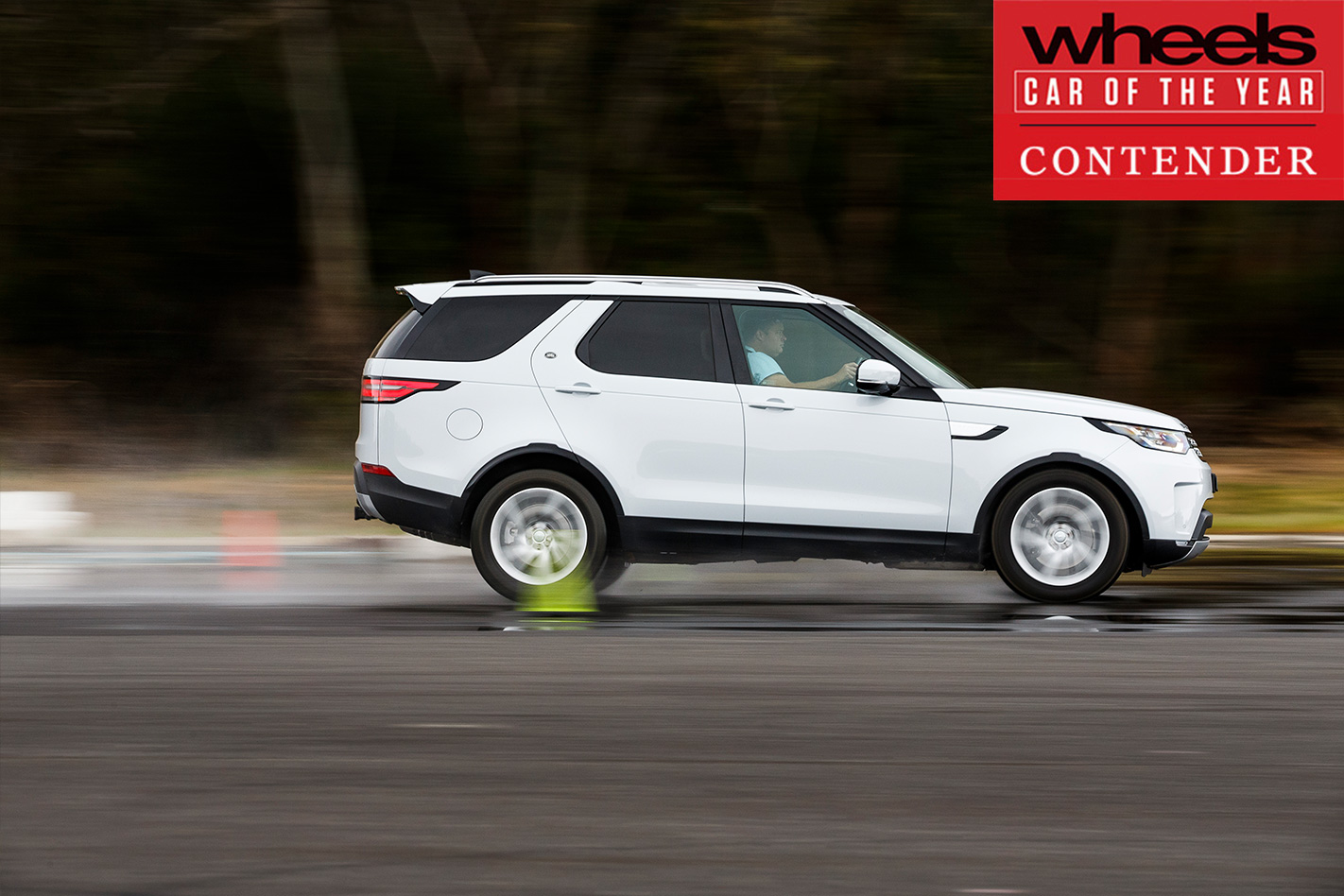
This hurt its chances against the value criterion, just as the compromises made in engineering such serious off-road ability hurt the Disco’s composure on the road.
It’s arguable that more buyers will experience these downsides than exploit the rough-track aptitude, and this contributed to a dignified round-one exit for the most Range Rover of Land Rover Discoverys to date.
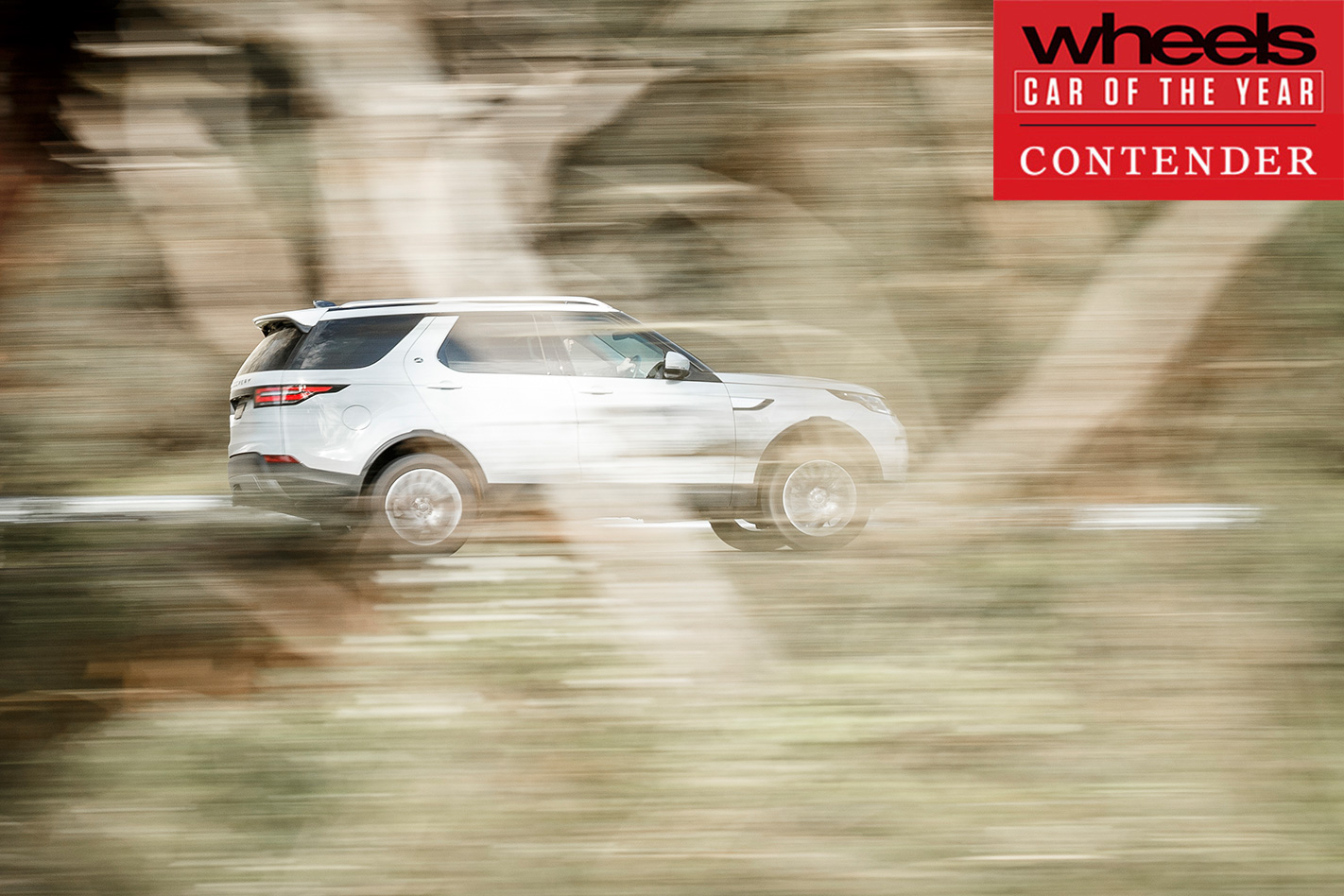
The rejection of the old model’s combination of both a ladder-frame chassis and a monocoque body initially had some off-road enthusiasts muttering into their beards. Yet the reality is this pure-monocoque Disco has shed kilos, not ability, even if items like a low-range transfer case and locking rear diff have moved to the options list. There’s still ample ground clearance and a terrain response system ready to help you navigate whatever the great outdoors throws at you.

